What Are Keloid Scars?
Keloid scars occur when collagen builds up from too much production of fibrous tissue at the site of an injury. This can be caused by burns, cuts, scrapes, surgery, and superficial body piercings. These types of scars are very pronounced, appearing bumpy and red or pink in color. They can also move outside the wound boundaries and cause pain and itching.
Keloid Or Hypertrophic Scars?
 Sometimes it can be hard to tell the difference between keloid and hypertrophic scars. It is important to understand the difference because the treatment for each is very different. Knowing exactly whether a scar is hypertrophic or keloid will help you find the best treatment to help clear up your scars. Most injuries leave just a flat scar that is very light in color. When a scar is hypertrophic, it appears very red and thickened. These scars can take up to a year to heal. Because this healing process takes so long, doctors can inject steroids into the scar to help reduce the inflammation that causes them to grow and appear redder. Hypertrophic scars, unlike keloids, usually remain within the boundaries of the original wound.
Sometimes it can be hard to tell the difference between keloid and hypertrophic scars. It is important to understand the difference because the treatment for each is very different. Knowing exactly whether a scar is hypertrophic or keloid will help you find the best treatment to help clear up your scars. Most injuries leave just a flat scar that is very light in color. When a scar is hypertrophic, it appears very red and thickened. These scars can take up to a year to heal. Because this healing process takes so long, doctors can inject steroids into the scar to help reduce the inflammation that causes them to grow and appear redder. Hypertrophic scars, unlike keloids, usually remain within the boundaries of the original wound.
Keloid scars tend to form after the normal scar at the site and time of injury and continue to grow larger. Keloids can be caused by piercings, injuries, burns and surgery. Picking at pimples can also cause keloid scars. They tend to be ugly in appearance and take on a reddish-pink color. They rise above the skin and feel like rubber. They can also grow beyond the borders of the original wound. People with keloids often complain of itching and pain. You will usually see keloids on the earlobes, shoulders, chest and back.
Tendencies to Develop Keloid Scars
 The reasons behind the tendency to develop keloid scars are not completely known. Several studies show there may be a defect in the immune system response that causes it to overreact to wounds.
The reasons behind the tendency to develop keloid scars are not completely known. Several studies show there may be a defect in the immune system response that causes it to overreact to wounds.
Anyone can develop keloid scars, but they tend to occur in higher numbers among those with dark skin. Women are also more prone to keloid scars.
How to Prevent Keloid Scars
Preventing the occurrence of keloid scars begins with trying to prevent skin injury. If you have a tendency to develop keloid scarring, avoid surgeries of cosmetic nature or unnecessary body piercings. Also try to prevent injuring the skin as much as possible.
If the skin does receive an injury, place pressure on the wound right away to stop any bleeding. When a wound bleeds, the body will immediately begin sending collagen to the wound to help it close. Applying pressure will help that process along faster. Then flush the wound with cool water and wash it with gentle soap to get rid of any dirt. The wound must be kept clean, dry, and bandaged to prevent bacteria from getting in and causing infection. The most effective wound covering is a silicone gel that forms a moisture barrier on the skin and keeps moisture in and bacteria out.

 Subscribe Now
Subscribe Now
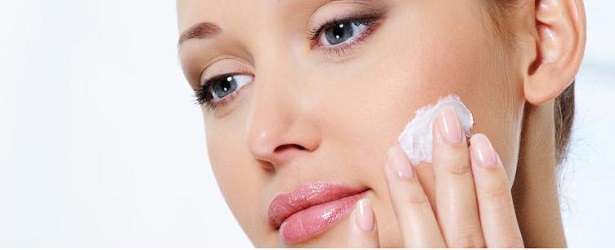
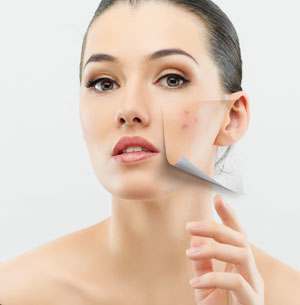 It is important to know that medical treatments for scar removal do not completely remove scars, can be costly and are not usually covered by insurance when they are for cosmetic reasons only. Most acne scar treatments only diminish the appearance of scars, while other treatments out there are very effective for fading scars and at helping regenerate healthy new skin . Before beginning treatment of acne scars, know what type of scar you are working with.
It is important to know that medical treatments for scar removal do not completely remove scars, can be costly and are not usually covered by insurance when they are for cosmetic reasons only. Most acne scar treatments only diminish the appearance of scars, while other treatments out there are very effective for fading scars and at helping regenerate healthy new skin . Before beginning treatment of acne scars, know what type of scar you are working with.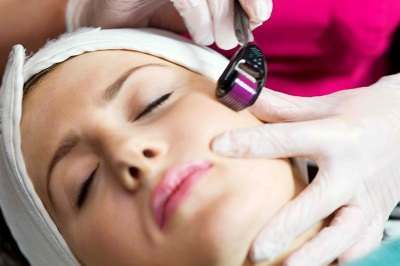 Finding an acne scar treatment that suits your needs depends on what you want. Medical treatment is not necessary if scarring is minor to moderate. If scars are severe, you may need professional help with them. People usually look for treatment and help when scars cause issues with self-esteem, and they are unable to fade them on their own at home.
Finding an acne scar treatment that suits your needs depends on what you want. Medical treatment is not necessary if scarring is minor to moderate. If scars are severe, you may need professional help with them. People usually look for treatment and help when scars cause issues with self-esteem, and they are unable to fade them on their own at home.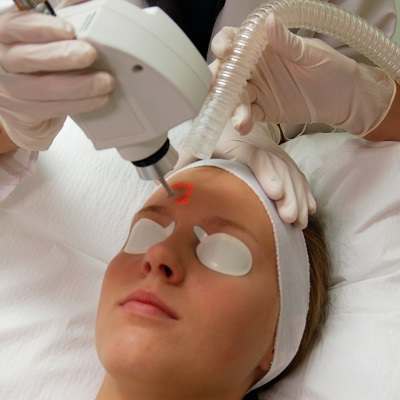 Laser Treatments –
Laser Treatments – 
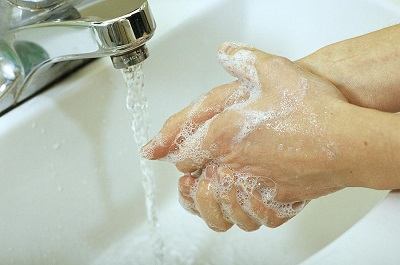 Taking care of wounds properly is the first and most important part of preventive care. Keep the wound clean and dry. Flush new wounds with water, and make sure all dirt is removed from the wound bed. Clean daily with mild soap and water. Keep a sterile bandage over the wound to keep it clean.
Taking care of wounds properly is the first and most important part of preventive care. Keep the wound clean and dry. Flush new wounds with water, and make sure all dirt is removed from the wound bed. Clean daily with mild soap and water. Keep a sterile bandage over the wound to keep it clean.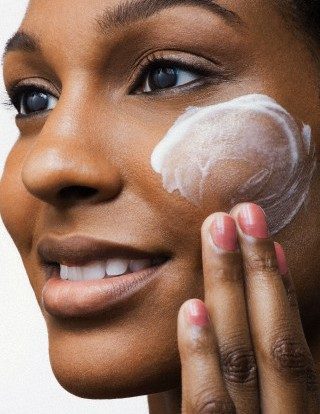
 Looking for
Looking for 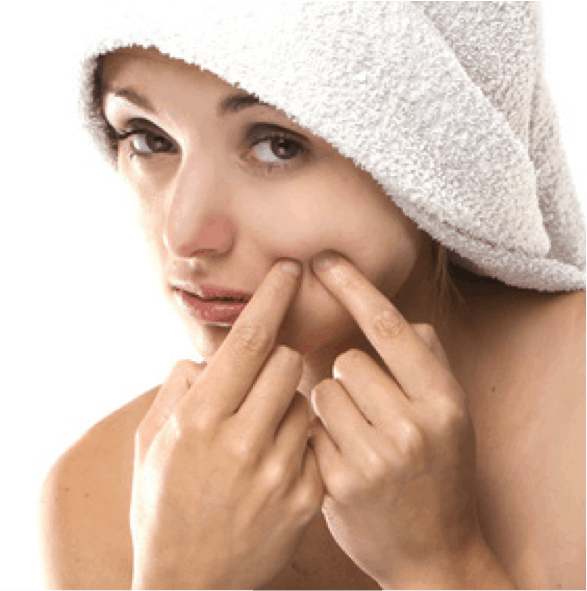 The causes of acne may lie well beneath your skin. Those who suffer from depression and emotional stress can suffer from acne even beyond their teenage years. One reason for this is the inability to regulate hormones and chemicals associated with stress, and this can cause severe outbreaks. Many times, older acne sufferers may need to seek professional counseling to help learn techniques to deal with stress and depression. This may help with self-esteem issues and also help calm down acne breakouts.
The causes of acne may lie well beneath your skin. Those who suffer from depression and emotional stress can suffer from acne even beyond their teenage years. One reason for this is the inability to regulate hormones and chemicals associated with stress, and this can cause severe outbreaks. Many times, older acne sufferers may need to seek professional counseling to help learn techniques to deal with stress and depression. This may help with self-esteem issues and also help calm down acne breakouts.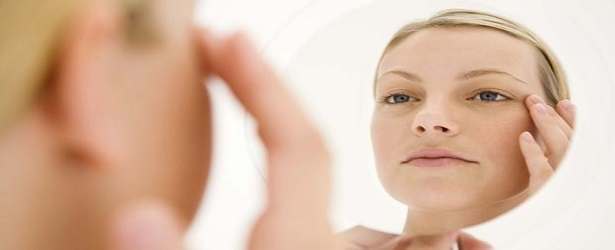

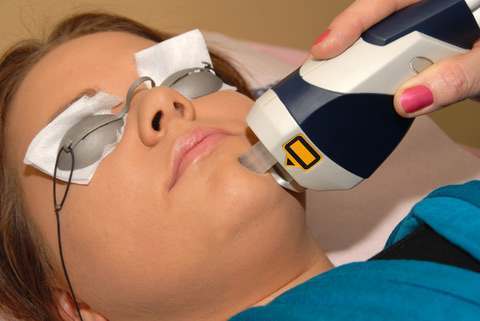 These treatments are between $1,000 and $5,000 and are very complicated. The doctor needs to find just the right laser that will be most effective on the scar tissue. After
These treatments are between $1,000 and $5,000 and are very complicated. The doctor needs to find just the right laser that will be most effective on the scar tissue. After